The Beginner’s Guide to Color Psychology for Interior Design
Interior design is all about creating a space that feels like “home”! Did you know that color plays an important role in this process? Color psychology seeks to understand how people are affected by different hues. It is a powerful tool for interior designers!
In this beginner’s guide to color psychology for interior design, we’ll explore how these shades, color saturation, and color palettes can impact moods and create a sense of well-being.
Ready to transform your home into the perfect sanctuary? With the right combination of colors and combinations, you just might create your dream living space!
RED
Red is such an incredible color! it’s no wonder why Color Psychology for Interior Design utilizes its power in spaces to evoke intense emotion. Color enthusiasts describe red as the most passionate and emotionally stimulating hue. Its vibrancy injects radiating energy and passion into the atmosphere of a room. This can convey a sense of danger, excitement, and life.
Studies have found that even seeing touches of red from afar can make your heart rate spike and your blood pressure rise!
Red truly makes interior design come alive with vibrant emotion and captivating beauty.
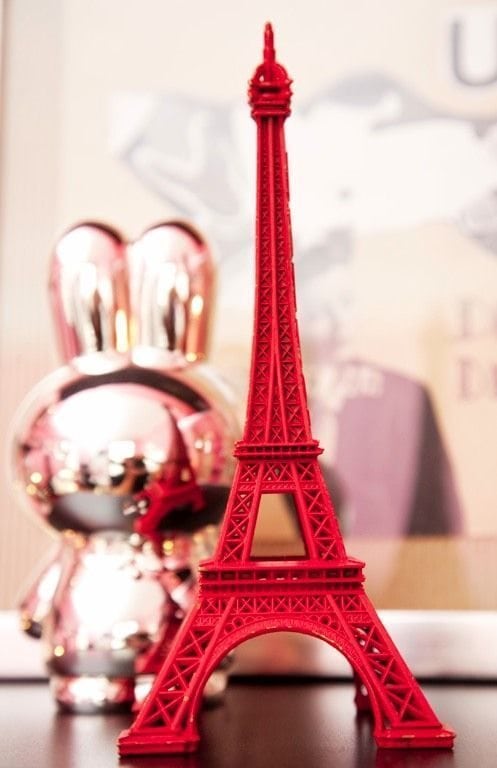
ORANGE
Colour psychology says that orange is a fun and energetic color. This makes it perfect for boosting your focus and productivity in the home office. Even if you don’t love orange, adding subtle pops of this hue to your living room or office can make a huge difference. With vibrant colors like orange creating a modern and inviting space, you could feel happier just visiting the place!
Color psychology has real advantages when it comes to interior design. So why not try adding some of these cheerful colors to your home?
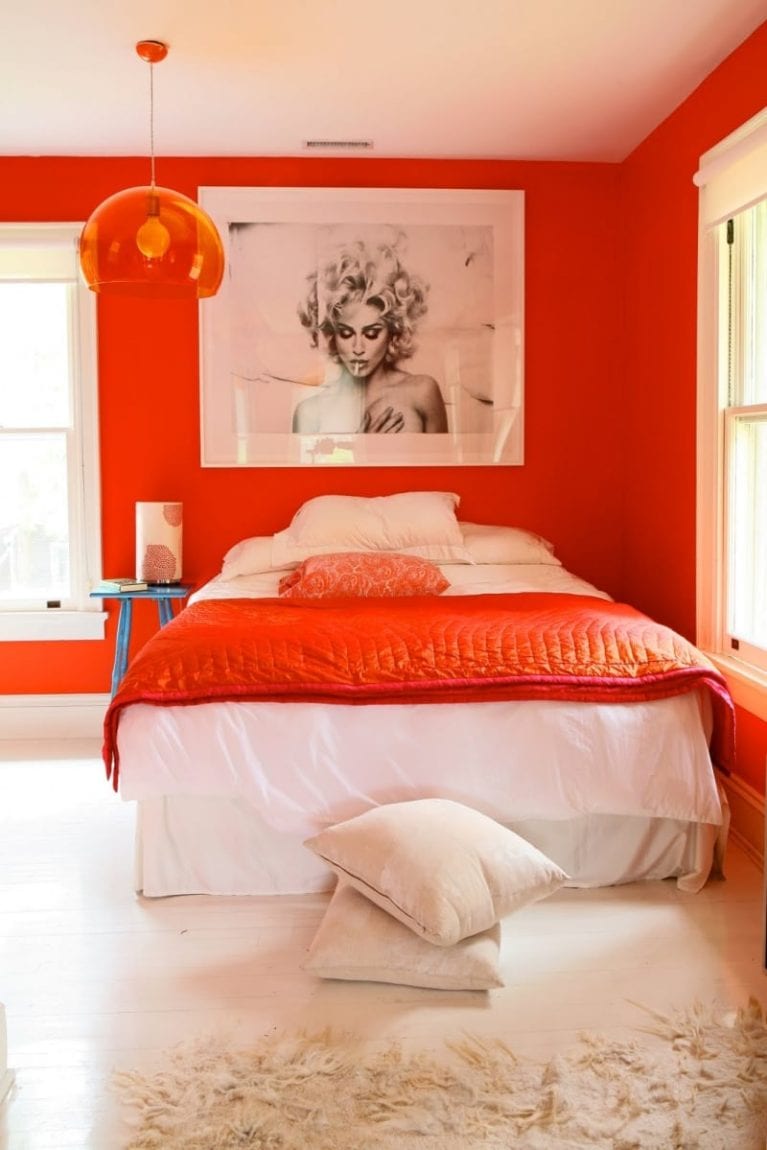
YELLOW
Color Psychology says that using yellow is a way of bringing sunshine into your home. This vibrant hue has the power to instantly lift the mood of any room it graces! It has a cheerful and inviting quality. Yellow is just the thing to brighten up a dull hallway, breathe new life into a kitchen, and amp up concentration in an office.
You can reclaim a lost sense of joy that may have been missing from your living space. Yellow can do all that and more!
Its energizing presence may be too overwhelming for bedroom settings. It fits perfectly in areas where focus and productivity are valued. Color Psychology with Yellow allows us to create the kind of spaces where conversation naturally flows because we feel happy and some enthusiasm to be there!
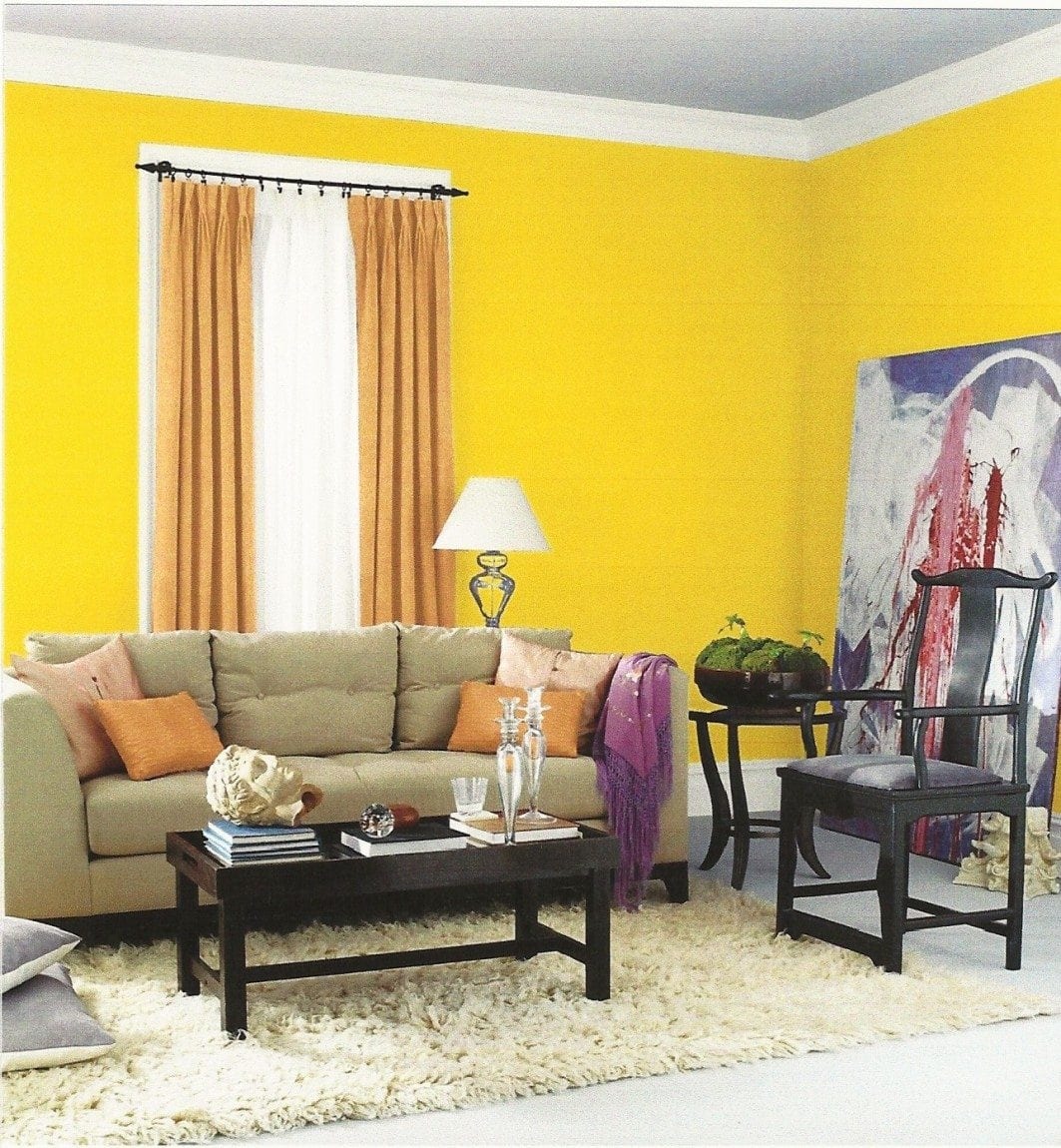
RELATED: Spicy Mustard Yellow Decor Ideas + Inspiration
GREEN
Color psychology plays a key role in interior design. Have you ever noticed that we naturally return to colors found in nature for comfort? Dark Green is the most common color occurring in nature and is therefore an ideal choice for any room.
Rich dark greens, like olive green, emerald, and forest, are especially fantastic choices for luxury and elegance.
They bring balance and harmony back into your home. For some rooms, however, it is best to avoid green tones such as lime which can be too energetic. Utilizing color psychology will allow you to create a space that feels comfortable yet unique within your home!

RELATED: Affordable Emerald Green Interior Design + Inspiration
BLUE
Blue is the favorite color of many and we can’t get enough of it! Color Psychology in interior design indicates that when you use different shades of blue, you can create certain moods and feel the effect in your space.
Bright blues like royal blue are ideal for livening up a kitchen or a living room with a few colorful pops.
On the other hand, if you’re looking to promote peace, tranquility, and relaxation, then darker blues like navy are perfect! Especially for bedrooms as they often facilitate restful sleep. From living rooms to bathrooms, blue is an incredibly versatile color that can be used in virtually every room in your home.
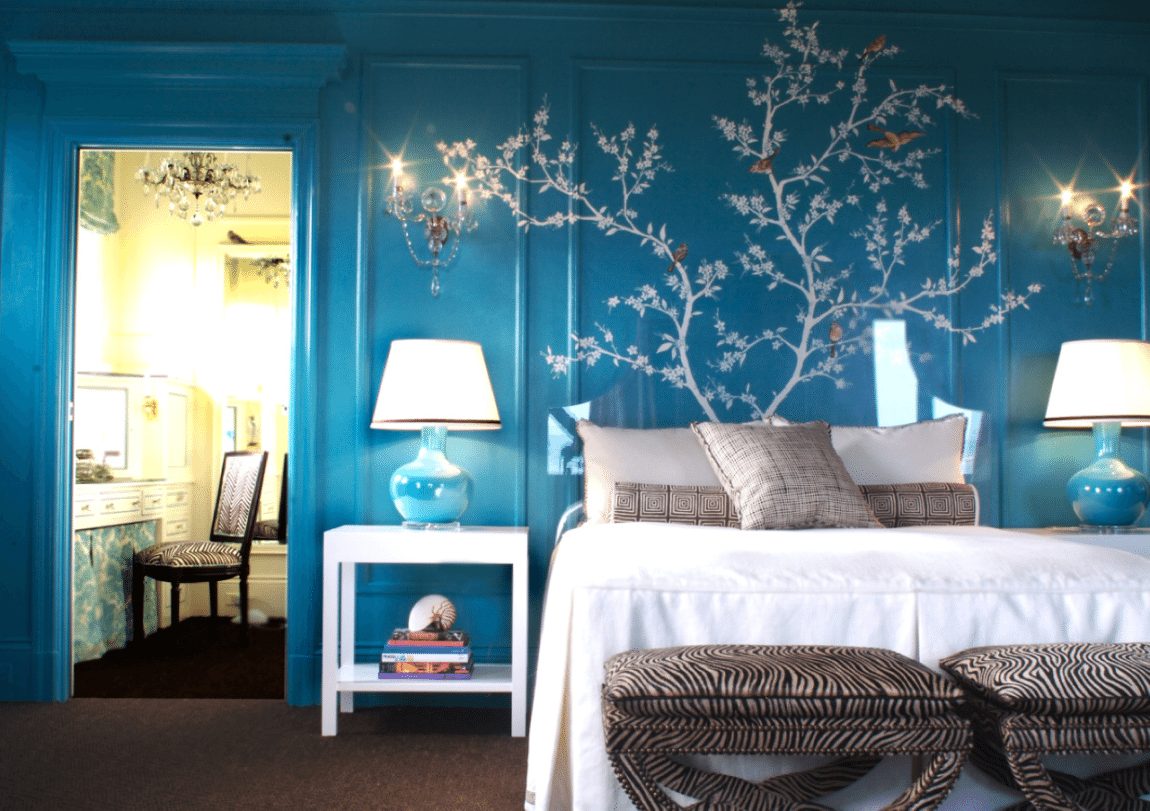
RELATED: 14 Navy Blue Decor Ideas For Home Decor And Design And 8 Essential Tips for Decorating a Navy Blue Bathroom on a Tight Budget
PURPLE
Color psychology plays a big role in interior design and purple is no exception. Being the most royal color, purple is luxurious, opulent, royalty, and wealthy – perfect for creating a striking bedroom space! Also, it has qualities that bring together both passion and calming qualities! It’s the ideal color for couples looking for something inviting and sexy.
To create depth in your bedroom, consider complimenting shades of different intensities and lighter shades of purple from a mauve to even a variety of lavenders. This diverse approach can prove incredibly effective in enhancing any room of the home.

RELATED: 8 Tips to Creating Modern Classy Interior Design
NEUTRALS
White is the ideal neutral color for small homes, and it is no wonder as it has so much to offer! Color psychology plays an important role in interior design, and white gives off a sense of innocence and cleanliness. It also makes rooms appear larger and more open than they really are.
Furthermore, white is incredibly versatile – it pairs wonderfully with any other colors while still providing a timeless backdrop. Whether you want to add pastel shades or opt for dark greys and navy blue – white always shines through!
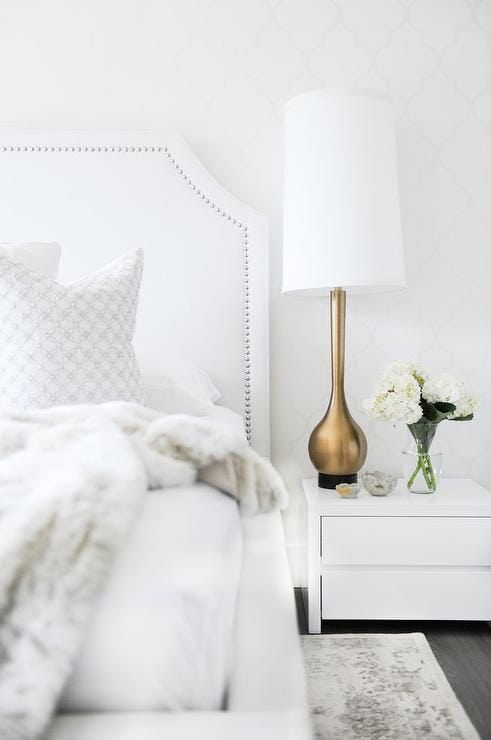
Black is a timeless interior design color! It’s boldness and sophistication but can be off-putting to some homeowners.
We all know that not every black item needs to take up an entire room. When it’s used as an accent color or in minimalistic design, it brings out the personality of any interior. Gray offers the perfect balance, bridging the gap between sophisticated black and shimmering white.
This enigmatic hue brings forth a feeling of purity and modernity without being too bright or too dark. All interior designers are starting to see gray as the perfect neutral for in-between paint jobs or sprucing up otherwise dull corners. Plus, it complements almost any other color under the sun.
if you’re looking for a way to bring some power and flair into your living space while also keeping things composed and dignified, why not try incorporating black and its sidekick gray into your interior design?
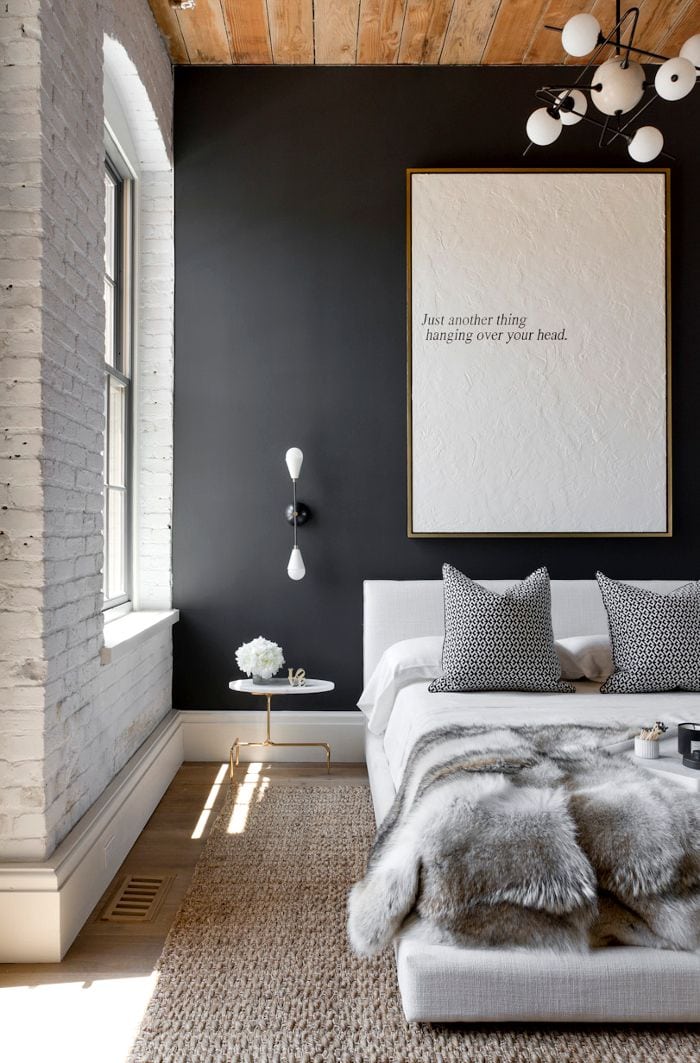
RELATED: Easy DIY Paper Bag Snowflakes Tutorial
With the proper use of color psychology, you can create a space that is not only aesthetically pleasing but comfortable and stress-free!
Keep in mind that earth tones, such as beige, brown, and green can provide a sense of calmness and stability. Meanwhile, brighter shades like blues, purples, and pinks are often associated with happiness and whimsical feelings.
Don’t let color psychology intimidate you! Whether your goal is to create the perfect living room or completely revamp your entire home. It’s something you can use to your advantage when designing.
So go ahead and experiment and play with your creativity and with different colors until you get just the right shade!
And if you liked this deep dive into the psychological effects of colors and need more ideas you might also like these other colour palette posts on the blog below.
Make sure you are following me on Instagram, Pinterest, and TikTok for plenty of interior design tips that will help transform your home into the ultimate peaceful sanctuary. I hope you enjoyed this one! Let me know which color you prefer for your home in a comment below.
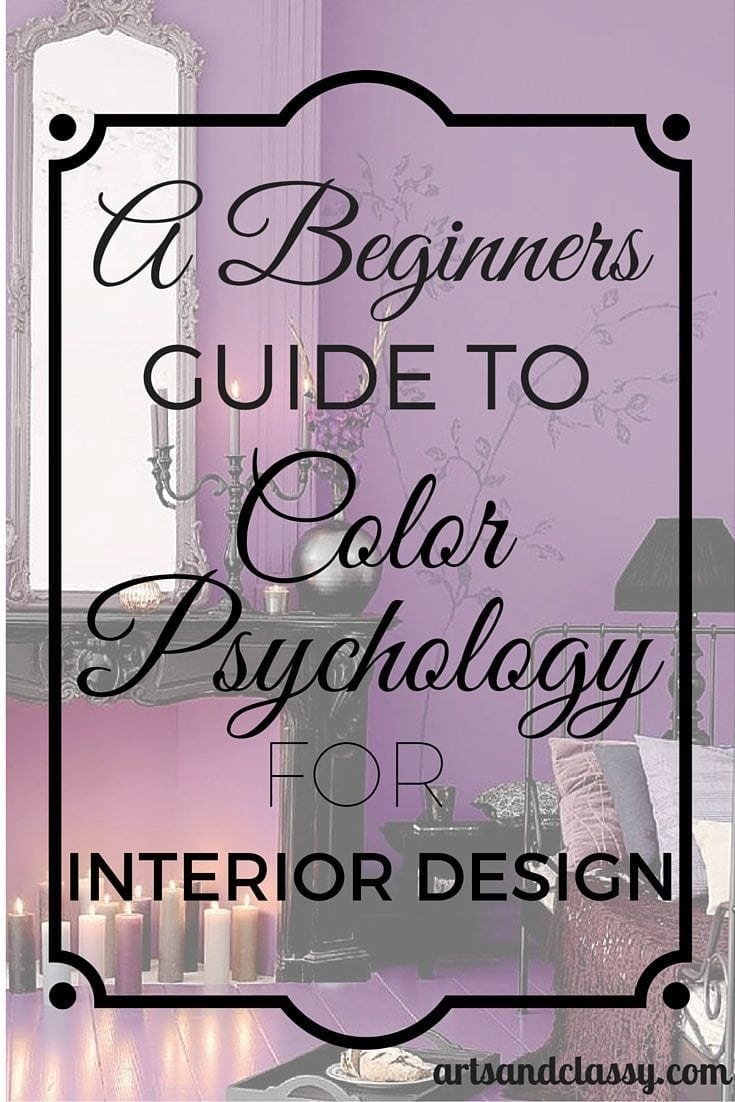

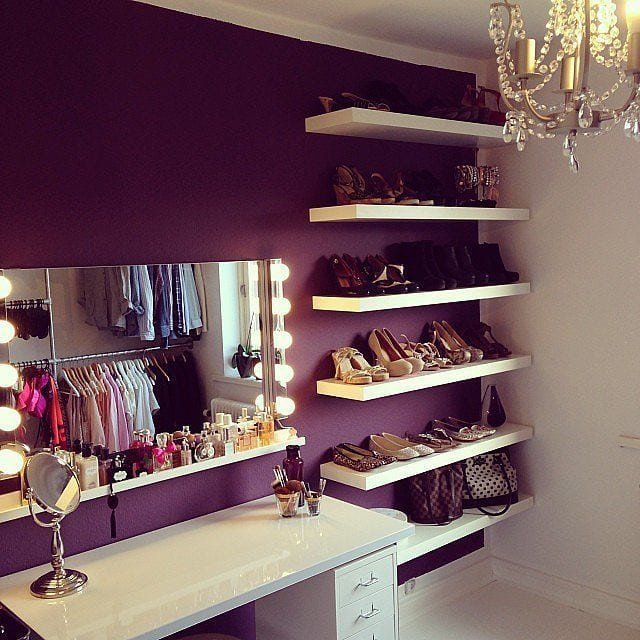
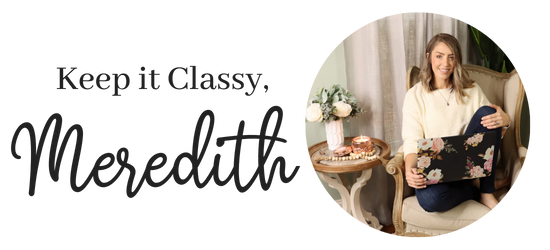
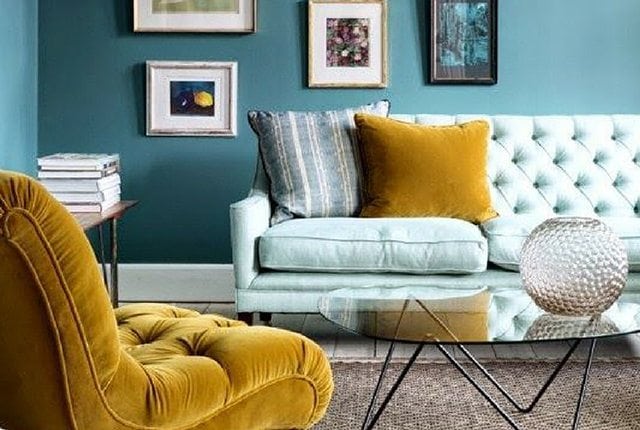
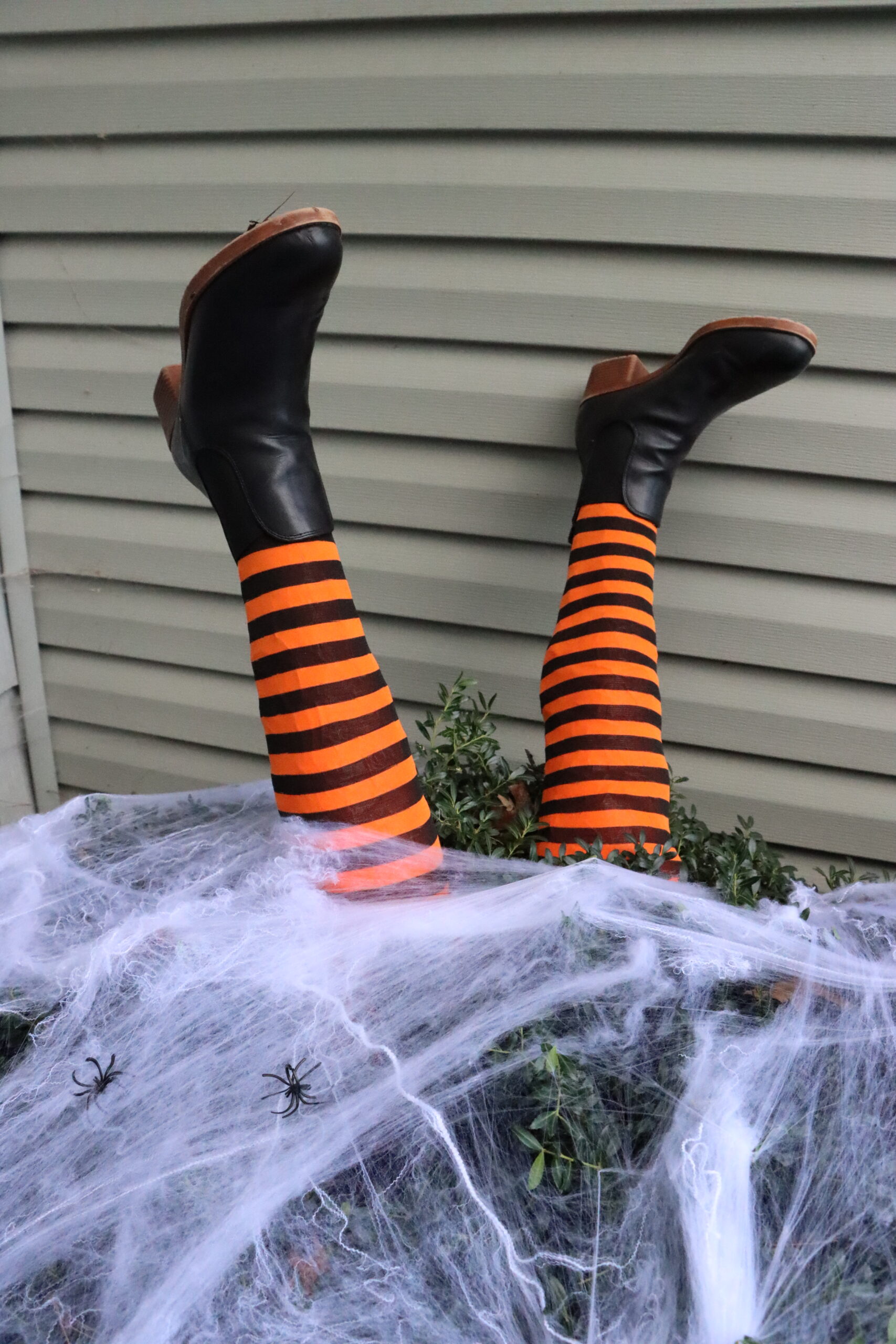
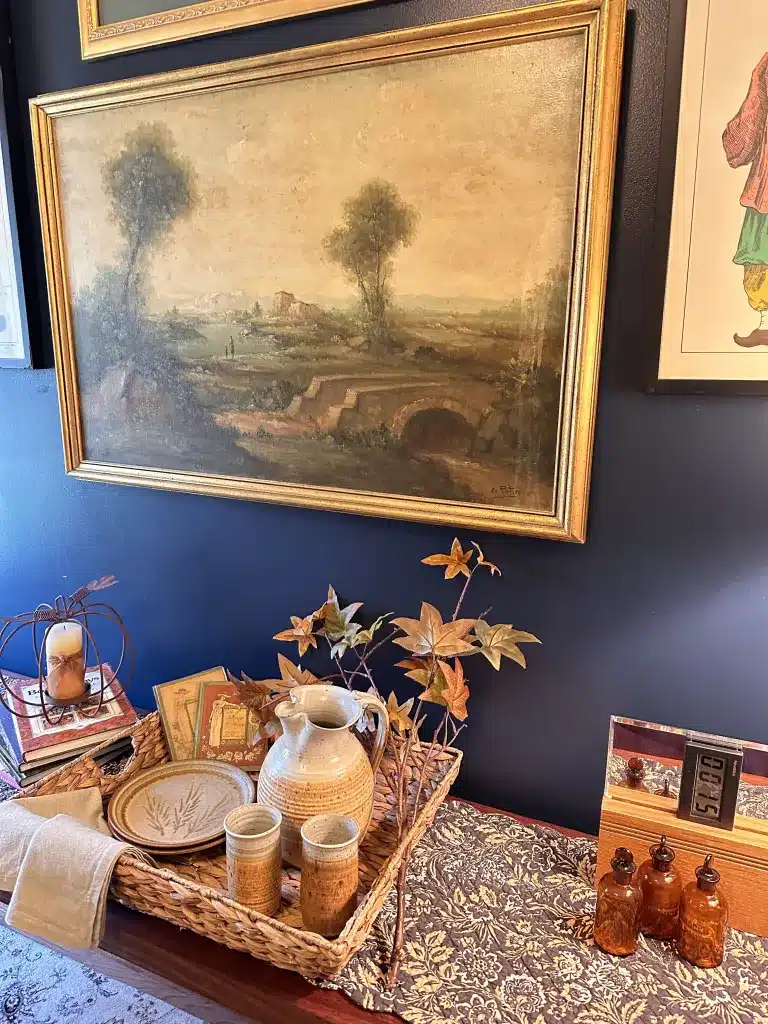
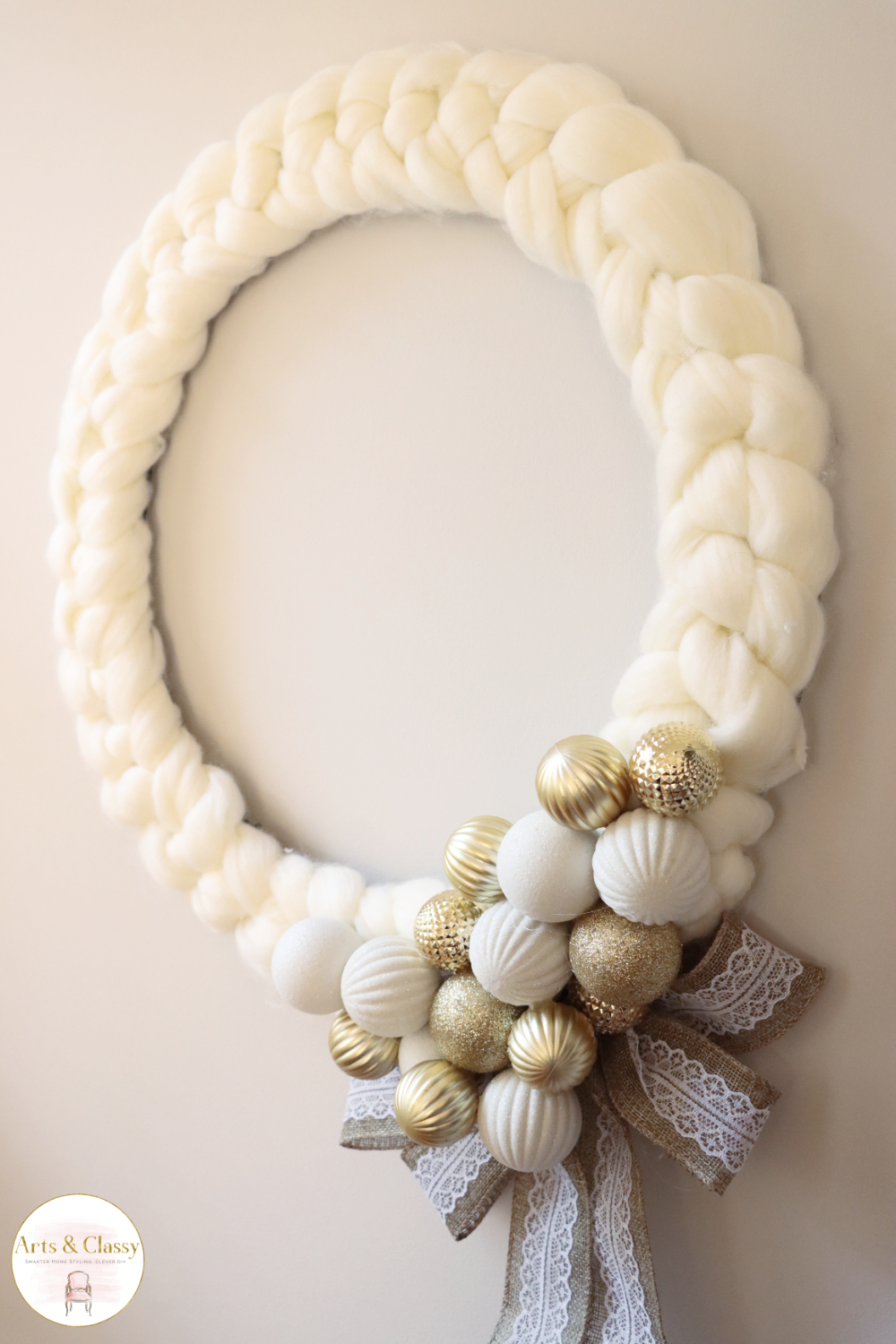
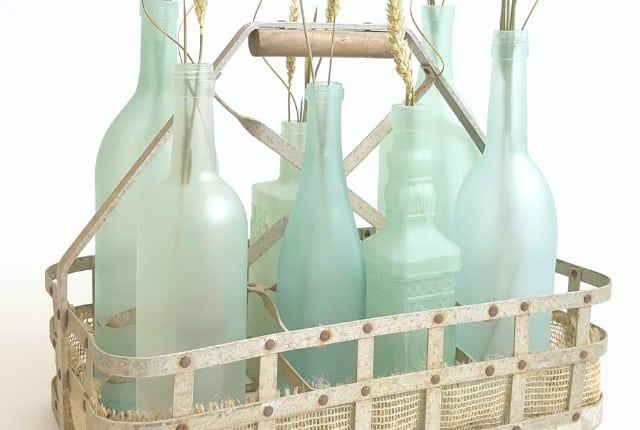
![[Nov 3rd] Favorite Things Friday: Lifestyle Favorites This Week!](https://www.artsandclassy.com/wp-content/uploads/2023/10/MId-rise-WOW-Boyfriend-Jeans.webp)